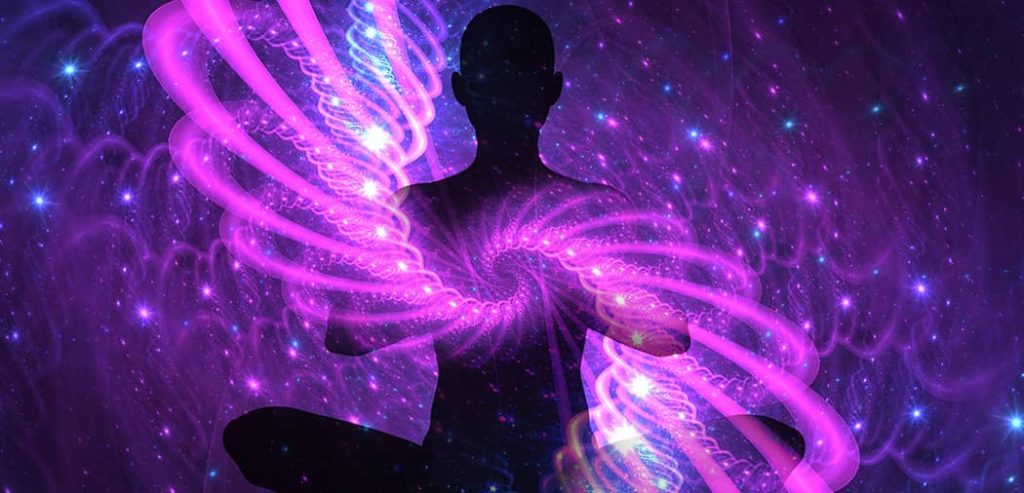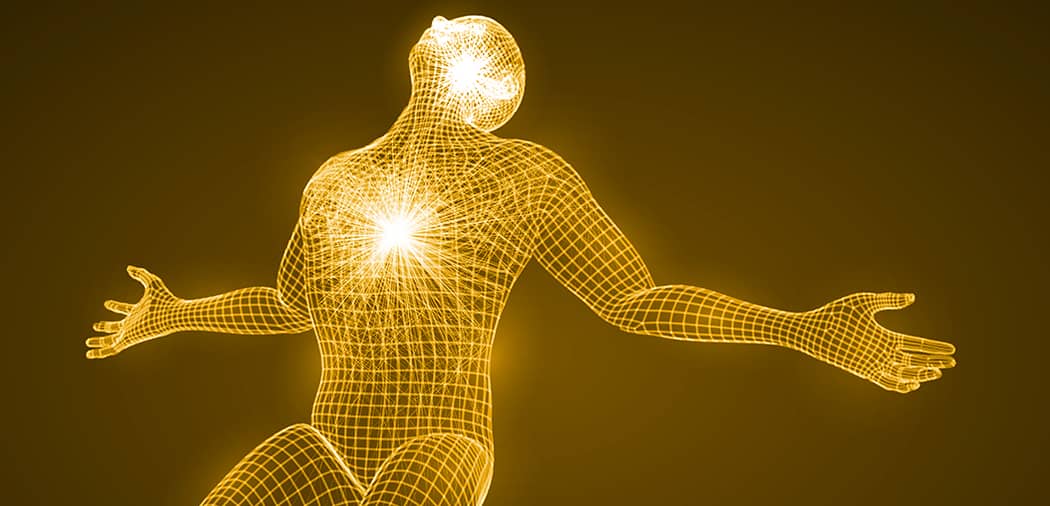Involuntary jerks during meditation, body jolts during meditation, twitching while meditating, or any other similar experienced are fairly common in meditators. Almost all of us experience such jolts, jerks, or twitches at certain stages of our meditation practice. So, if you are worried about why does your body jerk during meditation, rest assured that it’s nothing to worry about.
The main reasons for involuntary jolts, jerks, or twitches during meditation are:
- Body consciousness starts to surrender to universal consciousness.
- Muscles are getting relaxed and free.
- Stored muscle tension or stress is getting released.
- Life energy starts to have greater freedom in you.
- Deeper consciousness is getting active.
Usually, when you experience any such automatic, involuntary movement or tingling sensation during meditation in your body, mind, or any other part of your being, it can be one or more than one of the reasons combined.
In all cases, the reasons and the underlying energy activity are positive work of the life energy and consciousness. However, in some very rare cases, the involuntary movement may become more excessive than normal and a bit painful. In these cases, visiting a healthcare professional is highly recommended.
First, let’s focus on the most important reason behind involuntary jerks or jolts in the body while meditating – surrender.
Body consciousness starts to surrender
This is the most important and profoundly esoteric meaning behind any involuntary movement in the body during meditation.
One of the primary purposes of meditation is to cultivate presence, awareness, and mindfulness in the present moment. Good levels of awareness and presence are not possible without surrendering or letting go of your pent-up mental and bodily stress, anxiety, worries, and other energy blocks.
So, the jerks are simply urging you to do that – let go, surrender, and relax.
Take the jerks, jolts, or twitches as a knock from the presence, reminding you to be grounded in the moment in awareness.
It’s also a way to remind you that almost all of your bodily and mental processes are being taken care of by the universal energy or the life force. You don’t control your heartbeat, your digestion, blood flow, your neurons firing, and hundreds of other bodily functions that are essential to keep you alive. If the universe and nature are doing so much for you, why not give the little control that you are holding on too tightly with your sense of self or ego?
Even the muscles you thought were immovable are being moved and jolted into action by the universal energy. It is simply trying to remind you that the universe, nature, and the all-pervading force already have much greater control over all the aspects of your existence than you can ever possibly gain.
It’s urging you to realize this essential fact of existence and telling you to hand over all of your life to itself. All your worries, plans, responsibilities, everything that’s bothering you, and everything that you think belongs to you. Because, in reality, nothing belongs to you. You and everything you think you have or own, including your body and mind, are products of the universe, and it has full control and right over you.
By letting go of yourself or surrendering yourself to the universe, you are just letting go of the false sense of self or the ego that’s separating you from the universal energy that you essentially are.
Once you pay heed to this call to surrender, your responsibilities, job, family, and society become the universe’s responsibility to take care of. Yes, it will use you in all sorts of ways to carry out the necessary actions, but the torturous weight and burden of worry and anxiety will not be there anymore.
So, this is the primary cause and function of involuntary jerks or jolts during meditation. Apart from that, there are a few other vital reasons.
[Related Posts on Meditation: Is Crying During Meditation Normal & Why Do We Cry While Meditating]

Release of muscle tension
We often live under the misconception that tension and anxiety live only in our minds, which is wrong. The larger part of your nervous system is spread throughout your body, and necessarily, a large part of the anxieties are also spread across the body. We all have experienced the butterflies flying in our stomachs in times of heart-wrenching fear or worry, haven’t we?
So, this anxious energy is also stored in our muscles. When we try to relax during meditation and relax all the different parts of our body, naturally, these stored negative energy starts to dissipate, leaving the muscles to become further relaxed. And that’s when such involuntary muscle movement, jolts, jerks, twitches, or other related sensations occur.
Life energy starts to have a greater freedom
Even after your stored-up negative energy has dissipated through involuntary movements, you can keep experiencing such movements in the form of jerks or jolts. This time, it’s the life force of the universal energy. It is enjoying the greater access that you have allowed into you.
This is a good thing; the more control of yourself you offer to the universe, the better way it will have to guide and move you toward the actions you need to take for your self-fulfillment.
Deeper consciousness is getting active
This is just another way of looking at it. Essentially, life energy, universal force, or universal consciousness are the same thing carrying out different functions.
So, when we say that the life energy is having a greater and freer play within your being, this naturally means that the deeper consciousness, too, will start to show itself in effect.
This consciousness and energy will start to take control of you and your life in order to take care of all that needs to happen in your life. Greater access and control through meditation simply means the faster and effortless unfolding of your life story.
[Related Post on Meditation: Can You Meditate Lying Down?]
Conclusion
So, in conclusion, it must be said that whenever you experience any involuntary movement or tingling sensation during meditation in your body, mind, or any other part of your being, just relax and let the movement happen.
Try to surrender the movement along with all that’s going on in other parts of your being.
More Posts on Meditation and Spiritual Growth:
Sauna Meditation: A Great Way to Achieve Fast Relaxation as a Beginner
Void Meditation: What Is the Void State & How to Get There?
Concentration Meditation vs Mindfulness Meditation: All That You Need to Know


